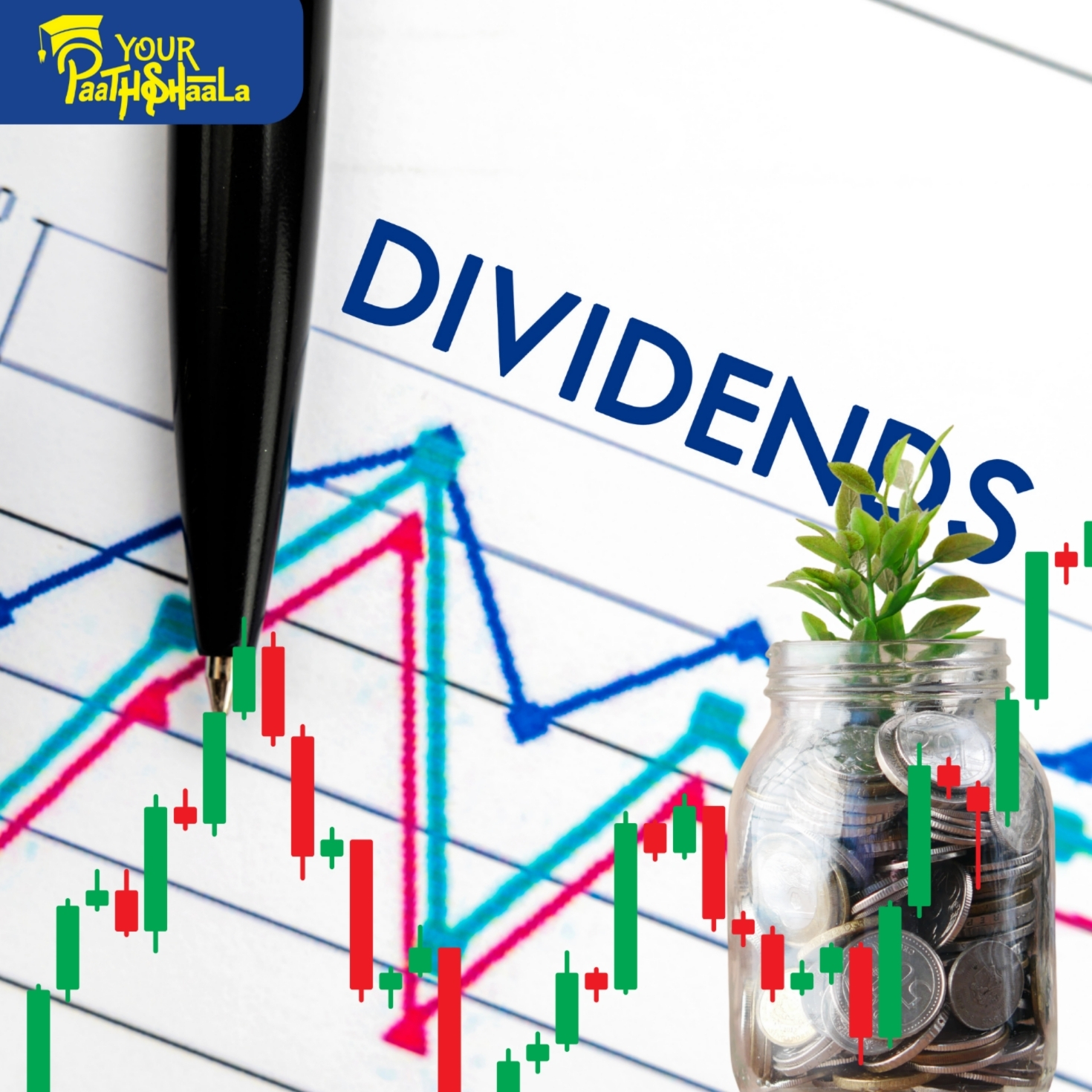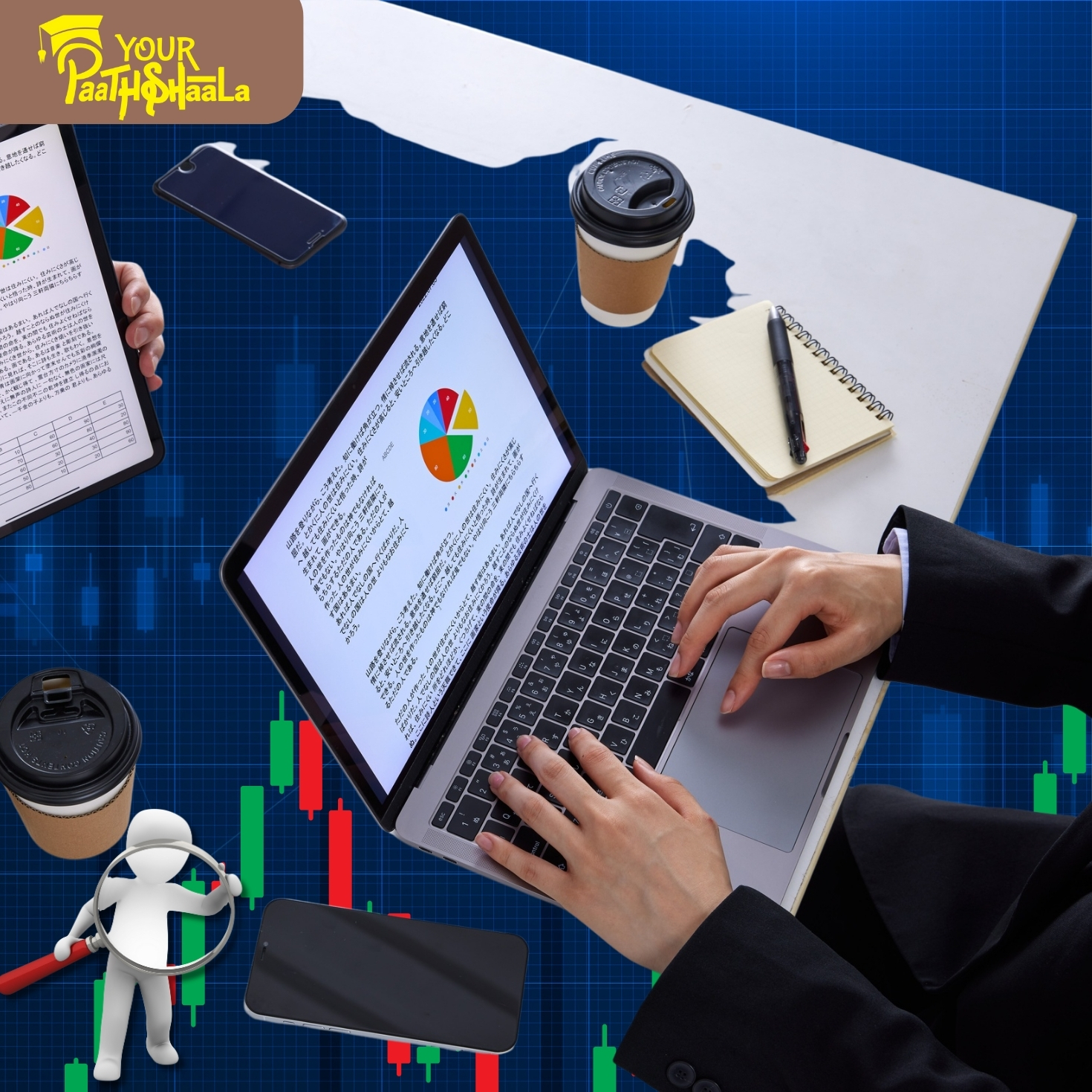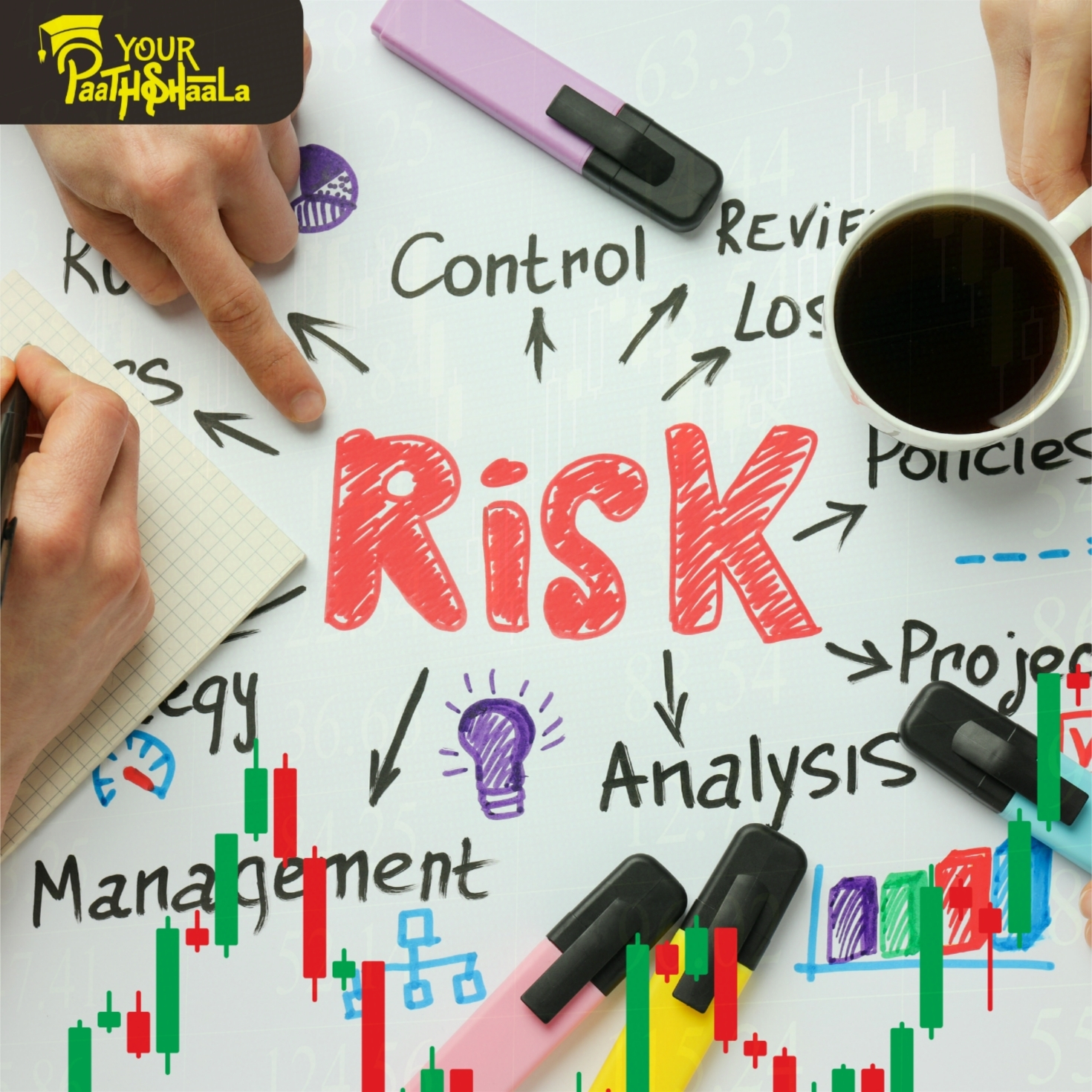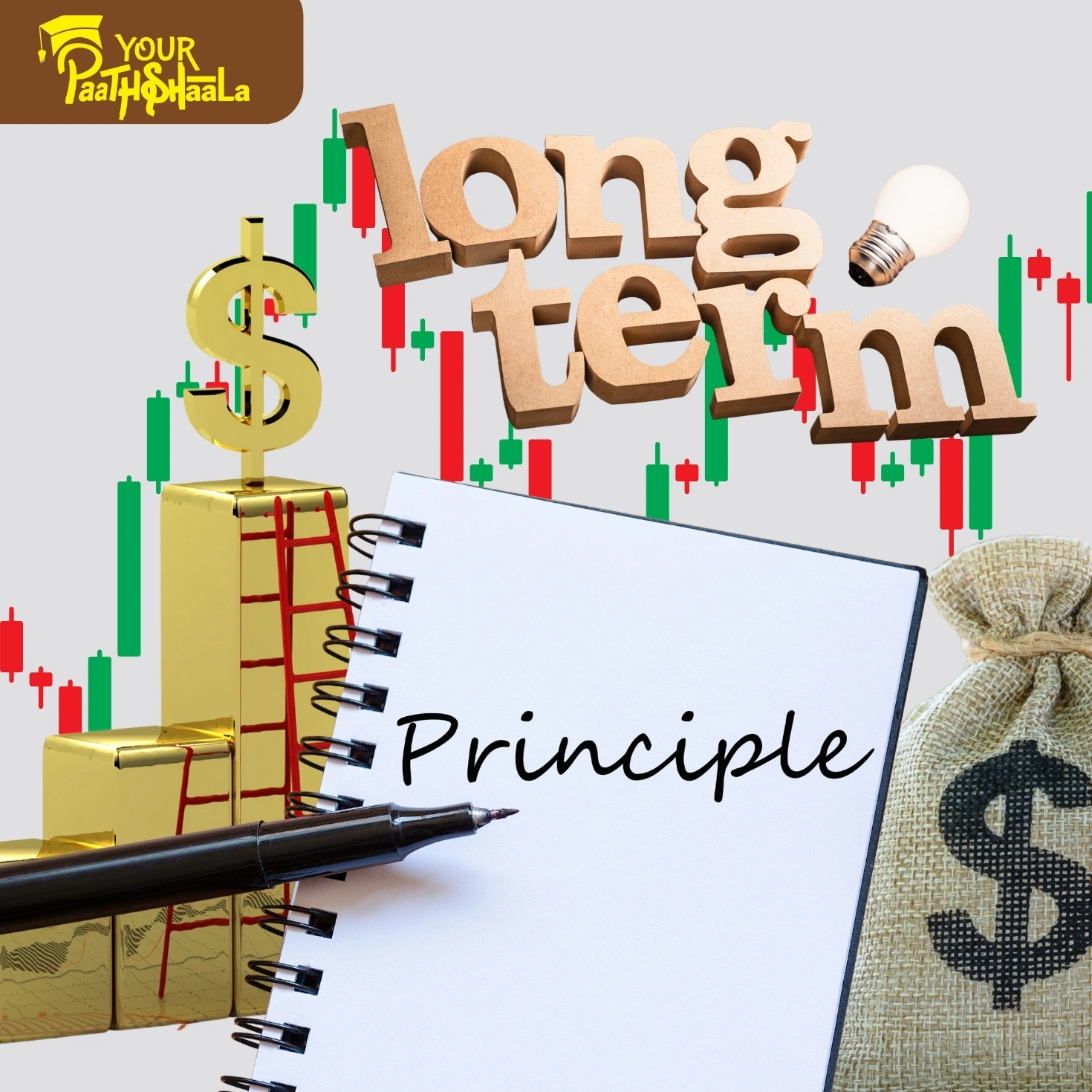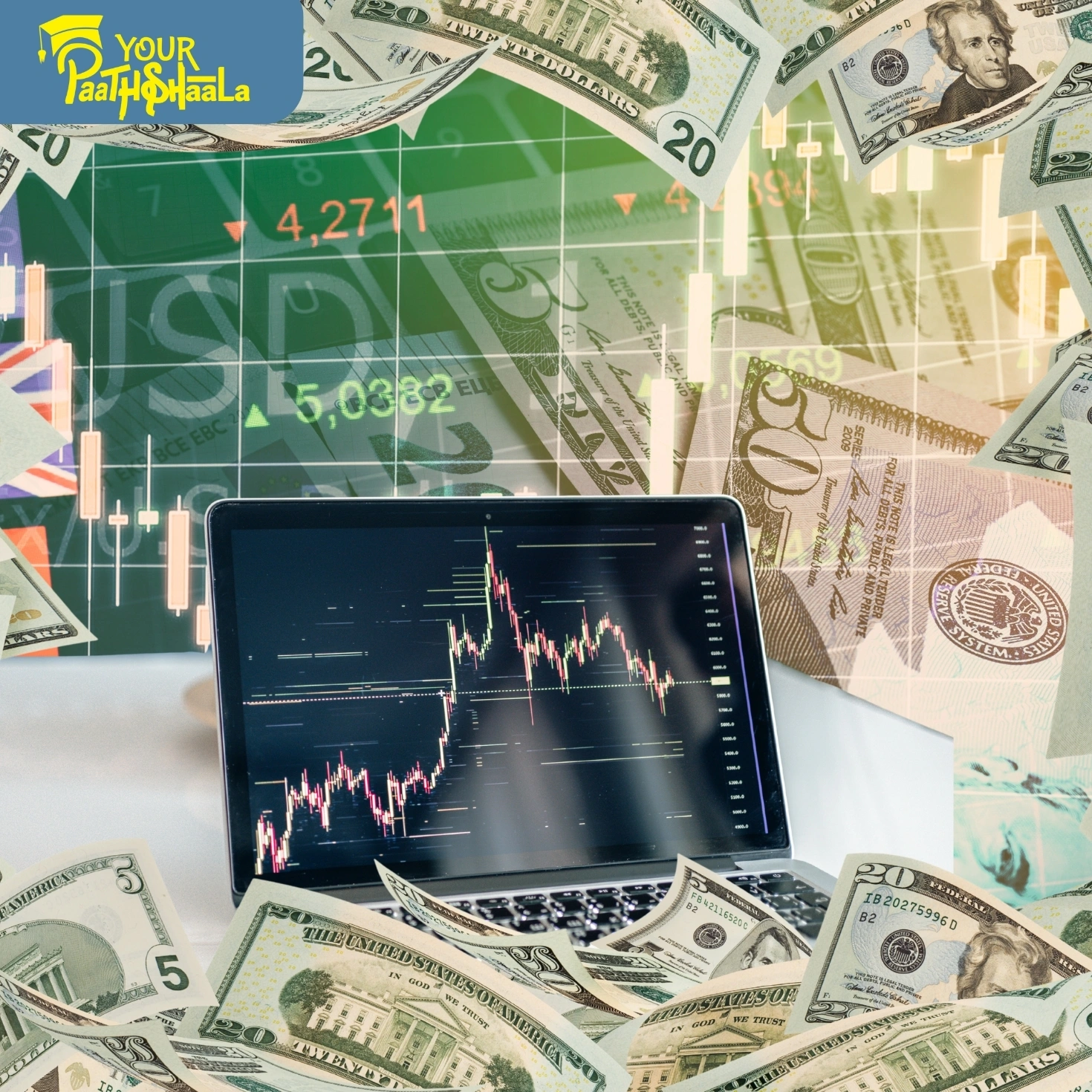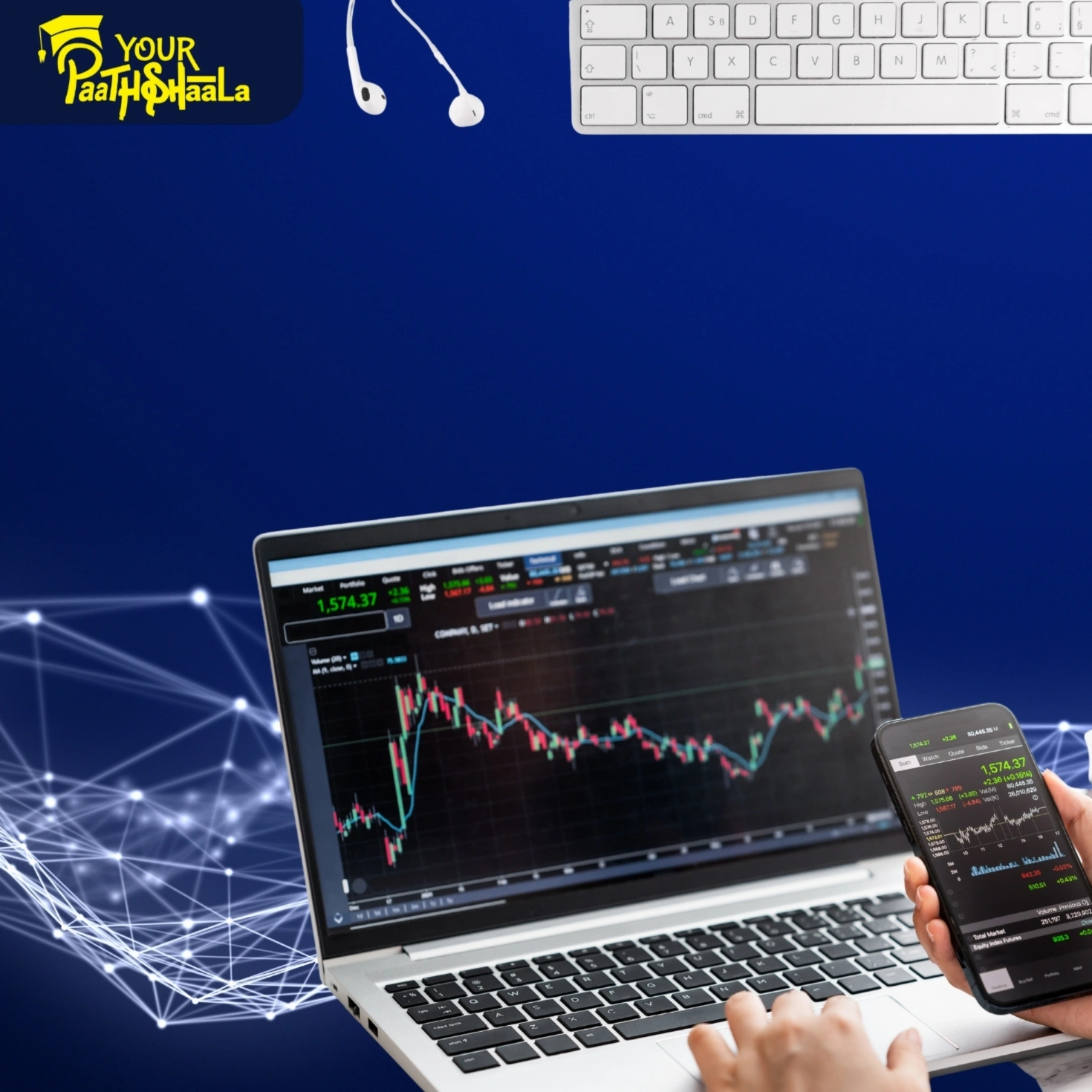What is 'Pain Trade'? Understanding and Avoiding the ‘Pain Trade’
Market volatility is a double-edged sword: it creates opportunities for big profits, but also for dramatic losses. One of the most painful experiences traders face is the so-called ‘pain trade’—when aggressive positioning, technical factors, and market dynamics combine to cause unexpected, rapid losses. Often, this happens during short squeezes, when traders who bet against a stock or market suddenly find themselves forced to cover their positions at much higher prices, amplifying losses. Understanding the mechanics of the pain trade, the role of leverage, and how to manage these risks is essential for anyone navigating today’s fast-moving markets.
In this comprehensive, SEO-friendly guide, we’ll explore what the pain trade is, why it happens, how technical factors like leverage make it worse, and what you can do to avoid (or at least survive) these dangerous situations.
What Is the ‘Pain Trade’?
The pain trade is a market phenomenon where traders—especially those using leverage—find themselves on the wrong side of a sudden, sharp move. The term is often used to describe situations where the market moves in the opposite direction of what most traders expect or are positioned for, causing widespread losses and forcing traders to exit positions at unfavorable prices.
Common Scenarios
Short Squeezes: Traders who are short (betting prices will fall) are forced to buy to cover their positions as prices rise, pushing prices even higher.
Rapid Reversals: After a prolonged trend, the market suddenly reverses, catching overconfident traders off guard.
Liquidity Crunches: Thinly traded markets or assets can experience wild swings, with traders unable to exit without significant slippage.
Why Does the Pain Trade Happen?
1. Overconfidence and Herd Mentality
Many traders, especially after a period of market calm or a strong trend, become overconfident. They pile into the same trades, creating crowded positions. When the market turns, everyone tries to exit at once, and the pain trade unfolds.
2. Technical Factors: Leverage and Margin
Leverage—using borrowed money to increase the size of trades—magnifies both gains and losses. When a leveraged trade moves against you, losses accumulate quickly, and brokers may issue margin calls, forcing you to sell or cover at the worst possible time.
3. Short Squeezes Explained
A short squeeze occurs when a heavily shorted stock or asset starts to rise. Short sellers (who profit from falling prices) are forced to buy to close their positions, which drives prices even higher. This can trigger a cascade of buying, leading to explosive rallies and massive losses for those caught short.
Example: The GameStop Saga
In early 2021, a group of retail traders on Reddit drove up the price of GameStop, a heavily shorted stock. As the price rose, hedge funds and other short sellers were forced to buy shares to cover their positions, causing the price to skyrocket. Many professional traders lost billions, illustrating the power of the pain trade.
4. Market Structure and Liquidity
Modern markets are highly interconnected, with algorithms, high-frequency traders, and retail investors all interacting in real time. This can lead to sudden liquidity shocks, where prices move sharply with little warning.
How Leverage Amplifies the Pain Trade
Leverage is a powerful tool, but it’s also a double-edged sword.
How Leverage Works
Example: With 5:1 leverage, a 10% move in the underlying asset becomes a 50% move in your account.
Margin Calls: If your account value falls below a certain level, your broker may require you to deposit more funds or close positions immediately.
Why Leverage Makes the Pain Trade Worse
Losses Accelerate: Small moves against your position can wipe out your account.
Forced Exits: Margin calls force you to sell at the worst possible time, locking in losses.
Crowded Trades: When many traders use leverage in the same direction, the pain trade can be especially severe.
The Psychological Side: Why Traders Get Caught
1. Confirmation Bias
Traders often seek information that confirms their existing views, ignoring warning signs that the market may be turning.
2. Overestimation of Skill
After a few successful trades, it’s easy to believe you’re invincible—until the market proves otherwise.
3. Fear of Missing Out (FOMO)
When prices are rising, traders may jump in late, just in time for a reversal.
4. Lack of Risk Management
Many traders fail to set stop-losses or manage position sizes, leaving them vulnerable to sudden moves.
How to Avoid (or Survive) the Pain Trade
1. Use Stop-Losses and Position Sizing
Set Stop-Losses: Always know where you’ll exit if the trade goes against you.
Limit Position Size: Don’t risk more than a small percentage of your account on any single trade.
2. Be Wary of Leverage
Use Leverage Sparingly: Only use leverage if you fully understand the risks.
Monitor Margin Requirements: Keep an eye on your account balance to avoid margin calls.
3. Stay Aware of Market Sentiment
Watch for Crowded Trades: If everyone is positioned the same way, be cautious.
Monitor Short Interest: High short interest can be a warning sign of a potential short squeeze.
4. Diversify Your Strategies
Don’t Put All Your Eggs in One Basket: Spread your risk across different assets, sectors, and strategies.
Use Hedges: Consider options or other instruments to protect against sudden moves.
5. Keep Emotions in Check
Stay Disciplined: Stick to your trading plan, even when the market is volatile.
Avoid FOMO: Don’t chase trades just because others are making money.
Real-World Examples of the Pain Trade
1. GameStop (2021)
As mentioned earlier, the GameStop short squeeze caught many professional traders off guard, leading to massive losses for those who were short.
2. The ‘Volmageddon’ of 2018
In February 2018, a popular volatility trading strategy blew up when the VIX (a measure of market volatility) spiked unexpectedly. Traders who were short volatility were forced to cover their positions, causing further spikes and widespread losses.
3. The 2020 Oil Price Crash
When oil prices went negative for the first time in history, many traders who were long oil futures faced margin calls and massive losses, illustrating the dangers of leverage and crowded trades.
The Role of Technology and Algorithms
Modern markets are shaped by algorithms and high-frequency trading, which can amplify volatility and trigger pain trades.
Algorithmic Trading: Algorithms can detect crowded positions and exploit them, accelerating price moves.
Flash Crashes: Sudden, sharp drops (or spikes) can occur when algorithms react to news or liquidity shocks.
How to Prepare for Volatility
1. Build a Resilient Portfolio
Diversify: Spread your investments across different asset classes and strategies.
Hold Cash: Having cash on hand lets you take advantage of opportunities when others are forced to sell.
2. Stay Informed
Follow Market News: Be aware of events that could trigger volatility.
Monitor Technical Indicators: Watch for signs of overbought or oversold conditions.
3. Practice Risk Management
Set Clear Rules: Decide in advance how much you’re willing to risk.
Review Your Trades: Learn from both wins and losses to improve your strategy.
Frequently Asked Questions
Q: What is a pain trade?
A: The pain trade is when the market moves sharply against the majority of traders, causing widespread losses—often due to crowded positions, leverage, or short squeezes.
Q: How can I avoid getting caught in a pain trade?
A: Use stop-losses, limit leverage, diversify your portfolio, and stay aware of market sentiment and crowded trades.
Q: Is leverage always bad?
A: Leverage can magnify gains, but it also magnifies losses. Use it cautiously and only if you understand the risks.
Q: What should I do if I’m caught in a pain trade?
A: Stick to your risk management rules, avoid panic selling, and learn from the experience to improve your future trading.
Q: Are pain trades more common now?
A: With the rise of social media, algorithmic trading, and increased market participation, pain trades can happen more quickly and severely than in the past.
Conclusion: Navigating Volatility and Avoiding the Pain Trade
Market volatility is a fact of life for traders and investors. The pain trade—when aggressive positioning, leverage, and market dynamics combine to cause sudden, sharp losses—is a risk that everyone must manage. By understanding the mechanics of short squeezes, the dangers of leverage, and the psychological traps that lead to crowded trades, you can make smarter decisions and protect your portfolio.
Key takeaways:
Pain trades often occur during short squeezes or rapid reversals, especially in leveraged or crowded positions.
Leverage amplifies both gains and losses, making risk management essential.
Stay disciplined, diversify your portfolio, and be aware of market sentiment to avoid getting caught in the pain trade.
With the right mindset, tools, and strategies, you can navigate volatility, avoid the worst of the pain trade, and position yourself for long-term success in the markets.
Ready to learn more about trading strategies and risk management? Visit YourPaathshaala near 🏥 Anjali Children Hospital, Tagore Nagar, Mathpurena, Raipur (PIN: 492001, Chhattisgarh). Click the Call Now button below to contact us and get expert guidance on navigating market volatility and avoiding the pain trade!


